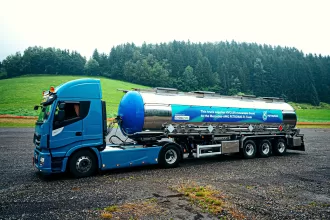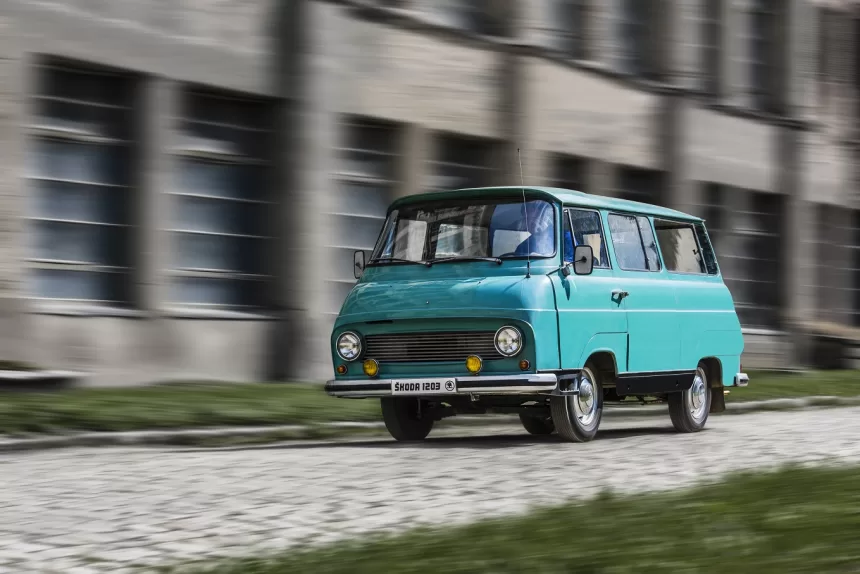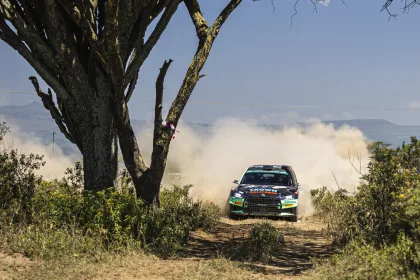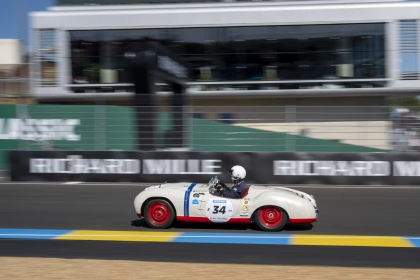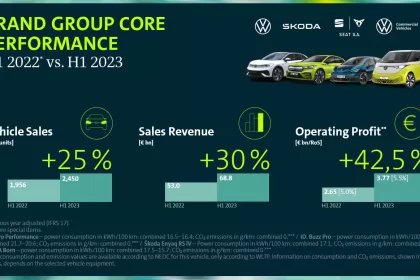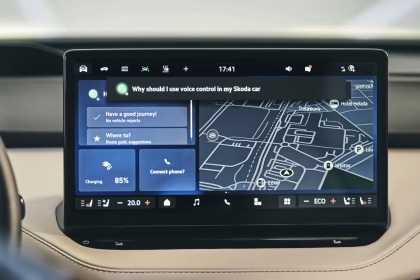› The first units of the Škoda 1203 light commercial vehicle rolled off the production line in November 1968
› A testament to its versatility and reliability, the Škoda 1203 was woven into the fabric of everyday life in Czechoslovakia
› Known as the ‘Twelve-O-Three’, this legendary model found its way to international markets, becoming a familiar sight in countries like Egypt and Turkey
The Škoda 1203, a legendary vehicle of its era, was a modern and robust light commercial vehicle featuring a cab-over body design. Following 12 years of extensive development, the production-ready model was unveiled on 14 September 1968. Series production started on 20 November of the same year at the Vrchlabí plant. Over the next three decades, the vehicle was manufactured in numerous versions and designs, catering to a wide range of customer needs.
Fifty-five years ago, on 20 November 1968, Škoda launched the series production of the 1203 – the culmination of a 12-year development process that set new standards in the light commercial vehicle segment. With this, the Czech carmaker expanded its offering to include a much-needed light utility vehicle with cab-over construction, addressing a gap in the Czechoslovakian market. “The Škoda 1203 is a classic utility vehicle that saw many modifications and variants. Its versatility and durability made it an integral part of life for nearly every citizen of Czechoslovakia,” explains Andrea Frydlová, head of the Škoda Museum.
Navigating challenges: Škoda 1203’s birth and evolution at Vrchlabí plant
The development and production of the Škoda 1203 are intrinsically linked to Škoda’s Vrchlabí plant. The state planning commission tasked the local development team with creating a completely new ‘modern large commercial vehicle’. As the era of converting passenger cars into utility vehicles and the use of the backbone chassis concept was nearing its end, the team began developing a dedicated cab-over utility vehicle with a single-box, self-supporting body in 1956. The first three prototypes, with the model designation 979 and different body styles, were unveiled in early 1957. The development of the Škoda 1203 spanned twelve years, prolonged by the inefficiencies of the centrally controlled economy. Complications also arose due to the overlap with the production of the outgoing Škoda 1202 series, further hindered by the lack of materials and different production technologies. Consequently, the start of series production was delayed until the fourth quarter of 1968.
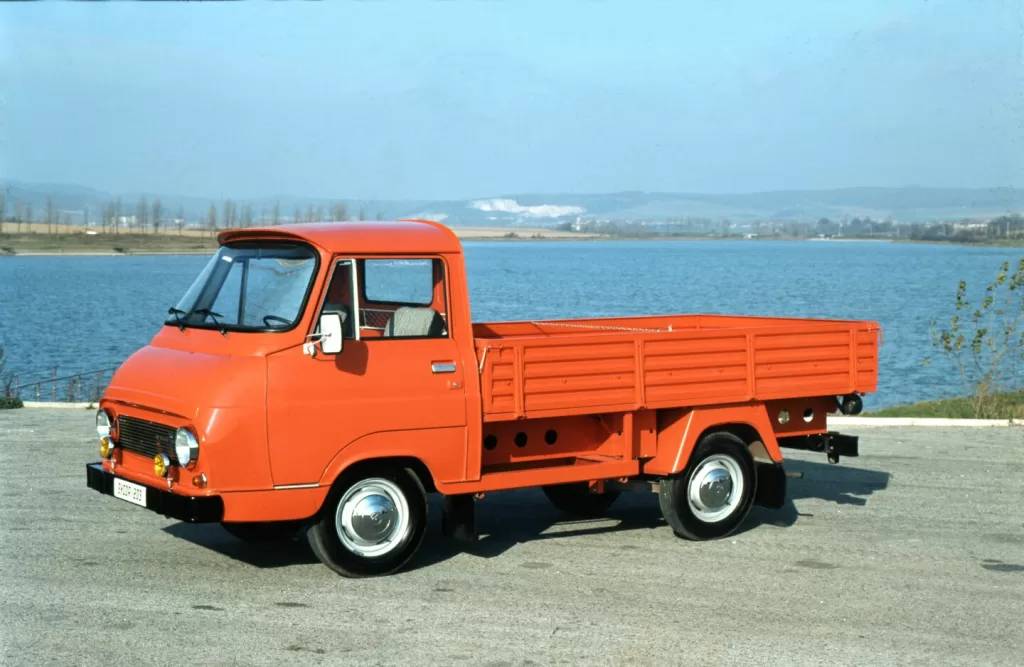
Innovative design: blending space, comfort and performance
Eliminating the backbone chassis allowed the Škoda 1203 to offer exceptional interior space and extensive glazing. It boasted a modest kerb weight of just 1,170 kg and benefited from independent wheel suspension, enhancing driving comfort on uneven roads. Under the bonnet, the 1203 was equipped with a 1,221 cm3 OHV four-cylinder engine producing 35 kW (47 hp), which was derived from the Škoda 1202. Despite its modest output, this engine had to power a vehicle capable of carrying a payload of 750 kg and providing up to 5.3 m³ of cargo space. The first ‘twelve-o-three’ models, released at the end of 1968, were panel vans measuring 4,520 x 1,800 x 1,900 mm. These featured convenient side and rear hinged door access to the luggage compartment. This version could reach top speeds of 90 km/h and, when maintaining a steady speed of 60 km/h, had a fuel consumption of 11 l/100 km.
Numerous variants and continuous upgrades
The initial van version of the Škoda 1203 was soon complemented by an eight-seater minibus, available in both Standard and De Luxe versions, a Com half-panel van, a flatbed, an ambulance, and a hearse. Specialised modifications were also made, including several dozen vehicles tailored for veterinarians, versions designed for firefighters, and even a few prototypes of refrigerated or camping variants. In 1981, following a government decree, the production was transferred entirely to the Trnava Automobile Works (TAZ). From April 1973 until that point, it had been concurrently produced at Vrchlabí. The Škoda 1203 not only saw various conversions but also underwent continuous modernisation. A significant update came in 1988, marking its twentieth anniversary, which included the introduction of a larger 1433 cm3 engine with a 42 kW (57 hp) output, a new five-speed manual gearbox, dual-circuit brakes, and minor bodywork revisions. In 1996, the series even adopted a four-cylinder 1.9-litre diesel engine from Volkswagen. Between 1968 and 1981, Vrchlabí produced a total of 69,727 Škoda 1203s. In Trnava, around 89,000 units of various versions were manufactured until production ceased in August 1999.
State-controlled supply and private demand
In Czechoslovakia’s centrally planned economy, the new Škoda 1203 was exclusively available for purchase and operation by state-owned enterprises, organisations, or cooperatives. Prospective buyers had to submit applications to the State Planning Commission, where officials first evaluated and, if approved, issued a ‘balance voucher’. Only with this voucher could the respective organisation order the vehicle, pay the purchase price, and receive the manufactured car. Private citizens, however, had no access to the new Škoda 1203. Their only option was to buy these vehicles second-hand after they were retired from state service. In contrast, the Škoda 1203 was freely available in selected international markets, and it was not uncommon to see this model on the roads of France, Belgium, Egypt, and Turkey.


